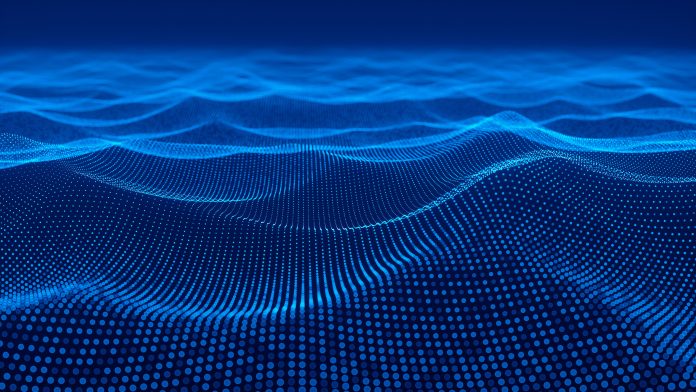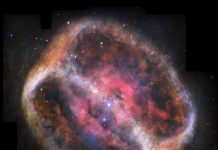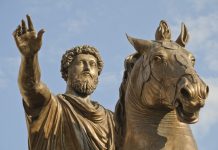As artificial intelligence helps scientists push the boundaries of how we observe the universe, researchers have developed an AI system capable of designing entirely new types of detectors for observing gravitational waves
Gravitational waves are ripples in spacetime caused by cataclysmic cosmic events like colliding black holes or exploding stars.
AI and wave detection
Albert Einstein first predicted gravitational waves over a century ago, but it wasn’t until 2016 that scientists could directly detect them.
This breakthrough came about with the help of precise instruments, including the Laser Interferometer Gravitational-Wave Observatory (LIGO). Designing such detectors is extraordinarily complex, requiring the optimisation of countless variables and components. Despite decades of effort, improving these instruments remains one of modern science’s most difficult challenges.
Now, researchers at the Max Planck Institute for the Science of Light (MPL) in Germany are using artificial intelligence to take this task to a new level. In collaboration with the LIGO team, they have developed an AI-based algorithm named Urania, designed to explore an unimaginably large space of possible detector configurations.
AI built for scientific discovery
Using methods inspired by cutting-edge machine learning, Urania transforms the problem into a continuous optimisation task well-suited to an AI’s strengths.
The results have shown that Urania generated dozens of new detector designs after two years of development and testing, many of which outperform even the most advanced experimental blueprints currently under consideration.
These new designs could increase the sensitivity of gravitational wave detectors by more than tenfold, potentially unlocking the ability to observe far more distant or subtle cosmic phenomena than ever before.
What is particularly impressive is that the AI recreated many existing techniques known to human scientists and introduced entirely new ones. Some of these designs challenge conventional understanding and suggest new principles of detector technology that had not been previously explored. To help the scientific community engage with these discoveries, the research team compiled 50 of the best-performing designs into an online “Detector Zoo,” making them publicly available for further study and experimentation.
AI as a creative partner in science
While AI leads the way in creating new ideas, understanding these new solutions remains a human task. Many of the techniques identified by Urania are still not fully understood by the scientists themselves, showing the growing role of AI as not just a tool, but a creative partner in scientific discovery.
This work marks a significant step in a wider trend: the increasing use of artificial intelligence to design scientific instruments and propose experiments that might otherwise be too complex or time-consuming for humans to conceive. The success of Urania illustrates how AI can explore beyond the limits of human intuition and experience, paving the way for future breakthroughs in physics and astronomy.
As scientists continue to interpret and test AI-generated designs, the hope is that this partnership between machine and human intelligence will lead to a deeper understanding of the universe, from the smallest particles to the most powerful events in space. The era of AI-augmented discovery has begun, and it is already transforming how science is done.











